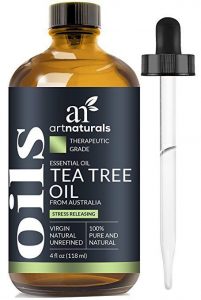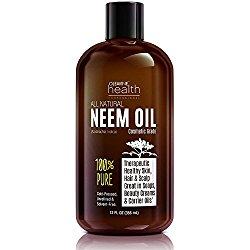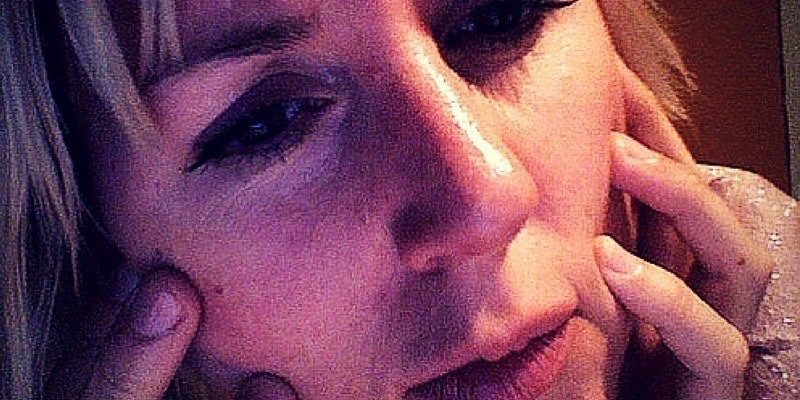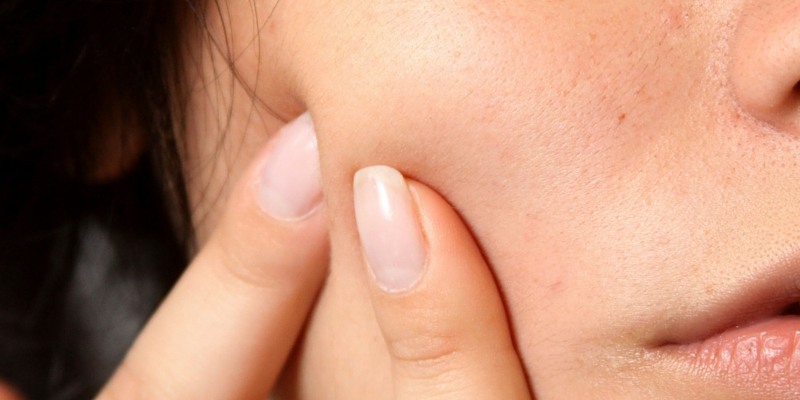Are you tired of dealing with frustrating pimples? If so you’re in luck because today we’re going to take an in depth look at how to incorporate proven acne spot treatments within your skincare routine to effectively treat breakouts.
There are so many different kinds to try you’re almost guaranteed to find at least ONE that works. The most important thing is that you don’t just read but also do. Reading about how to treat or prevent your acne will not do anything for you unless you actually apply what you’ve learned!
When incorporating a spot treatment into your skincare routine remember that you’ll want to spot treat AFTER you cleanse and BEFORE you moisturize. Check out our step by step beginner’s guide to creating a basic skincare routine to learn why and get a good understanding of proper skincare.
Anyways, we’ve given you the rundown on multiple treatment options below. If one doesn’t work for you just move on to the next one. Everyone’s skin is different and despite what skincare brands want you to believe, there’s no one size fits all wonder-product. Some treatments are also better for certain skin types or types of acne so choose accordingly.
To get you started, here’s what we recommend depending on your situation.
If you have absolutely no idea what works for you and haven’t tried any of the spot treatments before, start with benzoyl peroxide.
If you want an alternative to benzoyl peroxide that comparably works just as well try tea tree oil.
If both benzoyl peroxide and tea tree oil are too irritating try salicylic acid.
If you have sensitive skin and can’t tolerate any of the three above start with either sulfur or neem oil.
If you’re also struggling with “bacne” try Epsom saltwhich works for both facial and body acne.
If you want something that can also double as an exfoliator and help moisturize try glycolic acid.
If you want a specific pimple gone or to shrink overnight use a hydrocolloid bandage.
Now let’s take a closer look at each.
Benzoyl Peroxide
Benzoyl peroxide (BP) is probably the most common OTC treatment for acne.
It’s most useful for treating comedones (whiteheads and blackheads) thanks to it’s antibacterial properties.
Benzoyl peroxide usually comes in a cream but you can also find skin cleansers specifically made for acne that contain a small concentration. To apply BP in cream form all you do is get a pea-sized amount on to your finger and then tap it over the pimple or spread it over and around your problem area(s). Once your skin completely absorbs it, the zit will slowly begin diminishing in size. If it’s in cleanser form (sometimes called a wash) you need to leave it on for a few minutes in order for it to fully take effect and absorb into your skin.
The most important thing to look out for is the concentration you’re using. BP usually comes in 2.5%, 5%, or 10%. Over 10% is overkill and we don’t recommend trying anything that strong. There is research which suggests 2.5% is just as effective as 10% so make of that what you will.
Some people also find it irritates their skin with the most common side effects being dryness, redness, and increased sensitivity.
The best way to avoid these is to give time for your skin to adjust by starting with a lower concentration and slowly working your way up if you need to. It’s possible your skin will develop a tolerance where the same concentration works less effectively than it used to. If this happens it’s the ideal time to begin using something a little stronger.
We recommend…
Acne.org 8 oz. Treatment (2.5% Benzoyl Peroxide)
Ideally you’ll apply BP twice a day, once in the morning and again at night.
Again if you already know benzoyl peroxide is a problem for you just move on to the next treatment. Otherwise you’re going to have to try it out to see how well it works for you.
Salicylic Acid
Salicylic acid is a type of chemical exfoliant with anti-inflammatory properties. It’s also probably the second most popular spot treatment for acne behind benzoyl peroxide.
Similar to BP, it is most effective against comedones. The acid loosens up keratin which is the protein that makes up the outermost layer of your skin making it easier for any dead skin cells and grease stuck between pores to clear out.
It usually come in liquid form. To apply it, squeeze about a dime-sized amount on to your hands, rub them together and then massage it over your problem areas or your entire face if you want to use it as a general exfoliator.
Salicylic acid usually comes in concentrations of 2.5% and below. Once again, we don’t recommend using anything too far above 2.5%. There’s a reason most of them fall under. Start with 0.5% and work your way up to see what your skin can tolerate. Anything too strong will also dry out your skin causing irritation and flakiness which might be slightly better problems to have than acne but are still symptoms of less than ideal skin. We want to get you to the ideal.
One more thing to note is that when you first start using salicylic acid, you may actually breakout. This is normal. There’s usually a breaking-in process that happens and it’s just another reason to start with a lower concentration.
Salicylic acid is sometimes used as a facial peel at stronger concentrations but these are done under supervision by a dermatologist or doctor. Stay away from these especially the at home treatments. You’re going to have a bad time. Don’t say we didn’t warn you.
We recommend…

Paula’s Choice Anti-Redness Exfoliating Solution with 2% BHA Salicylic Acid for Blemish-Prone Skin
Sulfur
Sulfur has long been used as a treatment for not only acne, but skin problems in general.
What makes sulfur so great at treating acne? It has strong antibacterial and antifungal properties which are thought to be able to kill the acne causing bacteria P. acnes. It also gently dries up any excess oil, and similar to salicylic acid it breaks down the keratin protein on the outermost level of your skin unclogging pores and giving your skin a chance to “breathe” if you will.
Sulfur works well in combination with other ingredients like salicylic acid and sodium sulfacetamide. It’s found in a variety of different types of skincare products including soaps, ointments, creams, and foams.
In case you’re wondering if these products have that rotten egg smell usually associated with sulfur – have no fear because luckily for us modern cosmetics have improved upon the sulfur treatments of the past.
It’s safe to use for all skin types and it’s gentle compared to benzoyl peroxide or salicylic acid making it ideal for more sensitive skin types. A 10% concentration is pretty standard for products and you can’t go wrong with it.
Sulfur works best for treating comedones, and any anything filled with pus like pustules or cystic acne. If you need a reminder on the types of acne go back to the first part of this guide to refresh your memory.
We recommend…
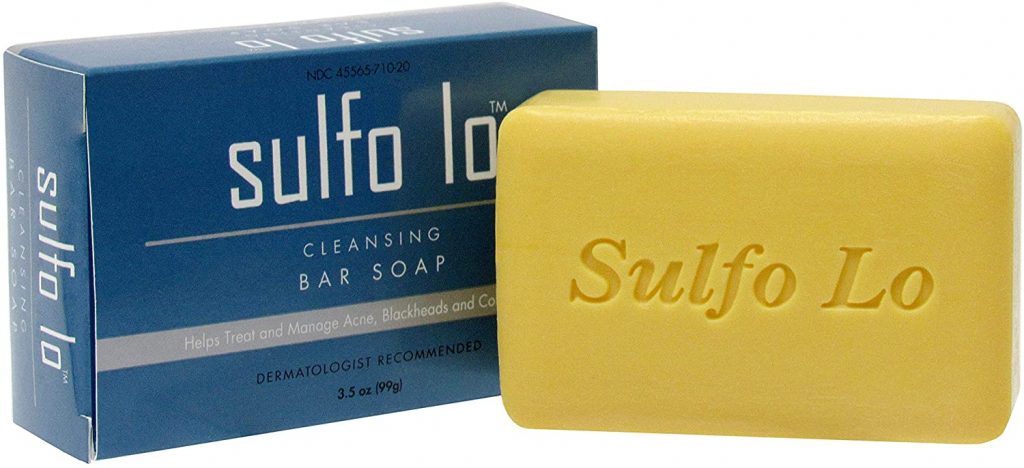
Tea Tree Oil
Tea tree oil is a potent weapon to use against acne. It’s an antibacterial (as well as an antifungal and antimicrobial) treatment that can also be super drying if you’re not careful.
Some studies have found that it works just as well as benzoyl peroxide for treating acne. When using tea tree oil, you need to dilute it with a carrier oil like jojoba or olive oil because it can be extremely irritating if it makes direct contact with your skin without being diluted beforehand.
Some products already dilute the oil for you but you have to be careful because many of them are of “questionable” quality if we’re being completely honest here. We recommend getting the 100% pure tea tree oil that comes straight out of Australia and then adding it to your own skin care products or diluting it and then apply with a cotton ball over the areas you want to treat.
A 5%-10% concentration is a good bet for sensitive skin and more resilient types could probably get away with ¼ tea tree oil to ¾ of a carrier oil. We can’t recommend anything higher unless you really know your skin is capable of handling it.
We recommend…
ArtNaturals 100% Pure Tea Tree Essential Oil
We find that tea tree oil works best on mild and less severe types of acne. It’s best used as a spot treatment to reduce any inflammation and quickly dry up pimples.
Just make sure you dilute it! Seriously, this is powerful stuff.
Learn more about tea tree oil here.
Neem Oil
Neem oil is a type of vegetable oil which makes a great alternative great for sensitive skin types who can’t handle benzoyl peroxide or salicylic acid.
It has traditionally been used in India for thousands of years but is increasingly becoming more popular in the States as an acne remedy.
Like many of the other treatments we’ve discussed, neem oil also has anti-inflammatory and antimicrobial properties and is particularly useful for treating cystic and other inflammatory types of acne.
The biggest complaint we have isn’t directed towards how well it works but its foul smell. Diluting the oil can help mask the smell but unlike tea tree oil dilution isn’t absolutely necessary as neem oil is gentle enough to apply to your skin without a carrier oil like jojoba oil.
We recommend…
Neem Oil Organic & Wild Crafted Pure Cold Pressed Unrefined Cosmetic Grade 12 oz by Oleavine
Epsom Salts
We’ve talked about Epsom salt (proper name magnesium sulfate) before in our guide to treating bacne and as you’ve probably guessed, it can also work effectively on facial acne.
Epsom salt is traditionally used to treat muscle pain and aches but don’t underestimate its skin benefits. Unfortunately there isn’t much research investigating just how effective Epsom salt is for treating acne but there is plenty of anecdotal evidence with people reporting success using it so we believe it’s worth giving it a shot.
Here’s what we do know: Magnesium sulfate has anti-inflammatory properties and may be able to help flush toxins out of your skin by dislodging clogged pores. If you’ve read our article on what causes acne you know that acne is an inflammatory response to something external (could also be internal if your diet is inflammatory). By managing inflammation, you lower your chances of breaking out and of new pimples forming.
You don’t have to take a bath with the salt if all you’re treating is your face. By simply dissolving a tablespoon into a cup of water and then dabbing it over your skin with a cotton ball, you can use the salt as a sort of toner which you can apply after you moisturize. You can also add a teaspoon or so to your cleanser or into a cream based facial mask and then massage it over your skin along with the other ingredients and let your skin fully absorb it.
If you also have bacne then we recommend taking a full Epsom salt bath. Pour a cup or two of the salt into your bathtub and then rest inside for about half an hour letting your skin absorb the compound.
We recommend…
Any generic brand of Epsom salt you’ll find at your local drugstore or Walmart will work fine here.
Glycolic Acid
Glycolic acid is a chemical peel and an AHA exfoliator. Recall that AHAs (alpha hydroxy acids) work the surface of your skin by removing older skin cells above the younger cells underneath. You can also use glycolic acid to speed up the rate your skin heals itself from acne scars by increasing the turnover rate of new skin cells.
Even though it’s usually used as chemical mask for the entire face, that doesn’t mean you can’t also spot treat specific problem areas as they come up. We recommend combining it with with benzoyl peroxide for a nice 1-2 punch straight into acne’s face.
Apply the benzoyl peroxide over the zit, and let it completely absorb before applying the glycolic acid. You only need a tiny amount for it to work effectively (again it depends on the concentration). The earlier you apply it, the quicker the zit will go away because it won’t have a chance to mature.
Another option is while you’re doing your skin care routine, mix things up a bit every few days by replacing your regular moisturizer with glycolic acid instead. Remember that AHAs are also mild humectants which will attract water to your skin keeping it hydrated. If you feel you really can’t go without your moisturizer, try applying them both at the same time. You’ll be able to exfoliate and hydrate your skin.
We recommend…
Glycolic Acid Exfoliating Cleanser by Body Merry
Hydrocolloid Bandages
Similar to the oil blotting papers we talked about in our preventing acne article, there are a variety of different “patches” available which sometimes go by the name of hydrocolloid bandages that quickly diminish the size of any growing zits. They work work like sponges, soaking up the pus and oil off the area you apply them to.
We really only use these as overnight treatments so we’re not walking around with an obvious patch on our face. Before going to bed, apply the patch or sheet onto your pimple and then when you wake up just take it off. Usually you’ll find that the pimple has either faded or completely dried up.
They’re also useful for when you pop a pimple yourself (hey sometimes you just can’t help it) and need to clean up the mess. One of the biggest reasons why we don’t recommend popping pimples is because the pus that oozes out can cause more pimples to form over the same area but these help solve that problem.
Where To Go From Here
Spot treatment is a vital component of any skincare routine that involves beating acne. If you’re interested in prescription treatments like Accutane or Retin-A check out the next part of our Ultimate Guide to Beating Acne here.
Below you’ll find some of our recommended lifestyle changes and general acne prevention tips.
And if you have any of your own favorite spot treatments not mentioned here or opinions about the ones we went over let us know on Pinterest or Twitter (@maxmylooks for both).
Featured Image by Surian Soosay // Cropped Original


